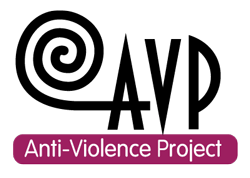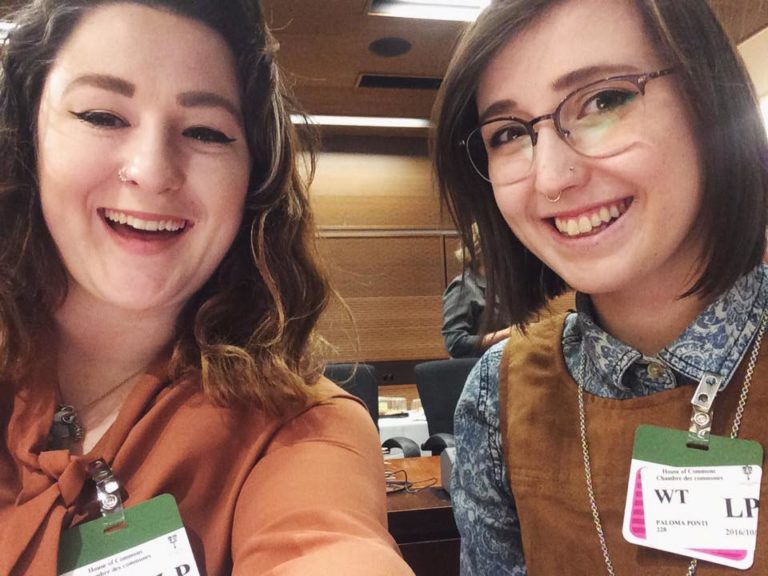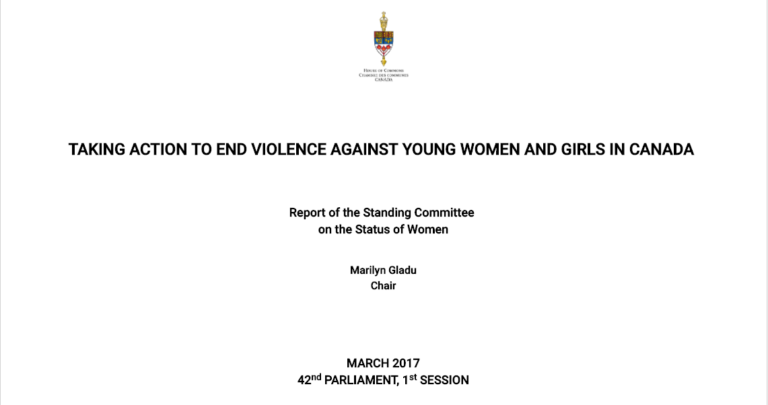Making space for “maybe”
When I first started learning about consent, so much of what I read and learned focused on the importance of valuing and making space for everyone to be able to say “no”. While I definitely agree that learning to accept rejection is key to consent, so too is making room in our conversations for the messiness of indecision. (If you want to read more about feeling through rejection check out this other post).
As someone who often gets overwhelmed by even the seemingly smallest decision, part of learning about my boundaries and consent practices was getting comfortable with holding space for my “maybe”s and respecting those of others. There are so many reasons for indecision or uncertainty, and the truth is we don’t need to know exactly what’s going through someone’s mind to respect that “maybe” doesn’t mean “yes.” So–to be clear– getting a “maybe” does not equal getting consent.
At the Anti-Violence Project we like to think about consent a mutually communicated agreement that is enthusiastic, the responsibility of the initiator, ongoing, and can be renegotiated or withheld at any time. It means listening to each other, respecting each other, and bringing mindfulness to all our interactions. Practicing consent is an important element in creating a culture in which people are respected and have autonomy, choice, and agency, to decide for themselves what is best for them. Consent is about ensuring that everybody involved is aware and interested in what is happening, by asking questions and communicating rather than making assumptions. This includes not making assumptions about what someone’s “maybe” or indecision might mean.
Practicing consent and communicating our boundaries is a skill that many of us don’t grow up learning, so negotiating our own wants and desires can feel intimidating at first. This is all the more reason to think about making space for “maybe,” not only to create opportunities for people to communicate indecision, but to also facilitate the time and physical space that can be helpful for folks when making decisions.
In this world where boundaries are often not respected and where power dynamics exist between people, it’s also important to recognize that saying “no” can feel difficult and scary. Saying “maybe,” or leaving our responses ambiguous, can be a strategy to avoid saying “no” and having to confront the potentially negative responses that come along with others feeling rejection. This being the case, we need to hold that someone’s “maybe” is not an opportunity to pressure them.
Rather we need to think about some best practices – the ways that we can show the people around us that we value their “maybe”s and that we can slow down our consent practices!
Indecision or “maybe”s sound like a lot of things, here are some ways we can communicate our maybes.
Ways to say “maybe”:
- I’m not sure right now but I’ll let you know when I have an answer.
- Maybe, could you tell me more about that?
- I could be into that later.
- Let’s check in tomorrow and see how I feel then.
- Could you ask me again in an hour?
- Maybe another time.
- Could I get back to you about that in a bit?
- I’m not sure yet.
While we can practice saying “maybe” as a way to model this consent practice in our own lives we also need to model how to make space for these responses.
Here are some ideas:
Let’s pretend that you want to go for a coffee with a friend…
Ways you could make space for uncertainty and slowing down:
- Would you like to grab a coffee? You don’t have to give me an answer right away
- I’m thinking about grabbing a coffee in about an hour, if you want to come with feel free to send me a text.
- I’d love to hangout with you more, would you be interested in grabbing a coffee? I know you’re busy, so no pressure just let me know whenever.
Ways to respect uncertainty when you hear it:
- It sounds like you might be unsure, that’s totally fine. Could I check in with you again about this tomorrow?
- Would you like some more time to think about this? You can give me an answer tomorrow.
- How about you think about it and then you can send me a text later if you’d like to hangout.
- You can let me know if there is something else you’d rather do together.
Making space for “maybe”s in our daily lives has limitless possibilities. “Maybe”s can keep us safe but they can also give us and the people around us permission to slow down and not rush boundary setting. Building a culture of consent involves respecting all the answers we may get including indecision.







